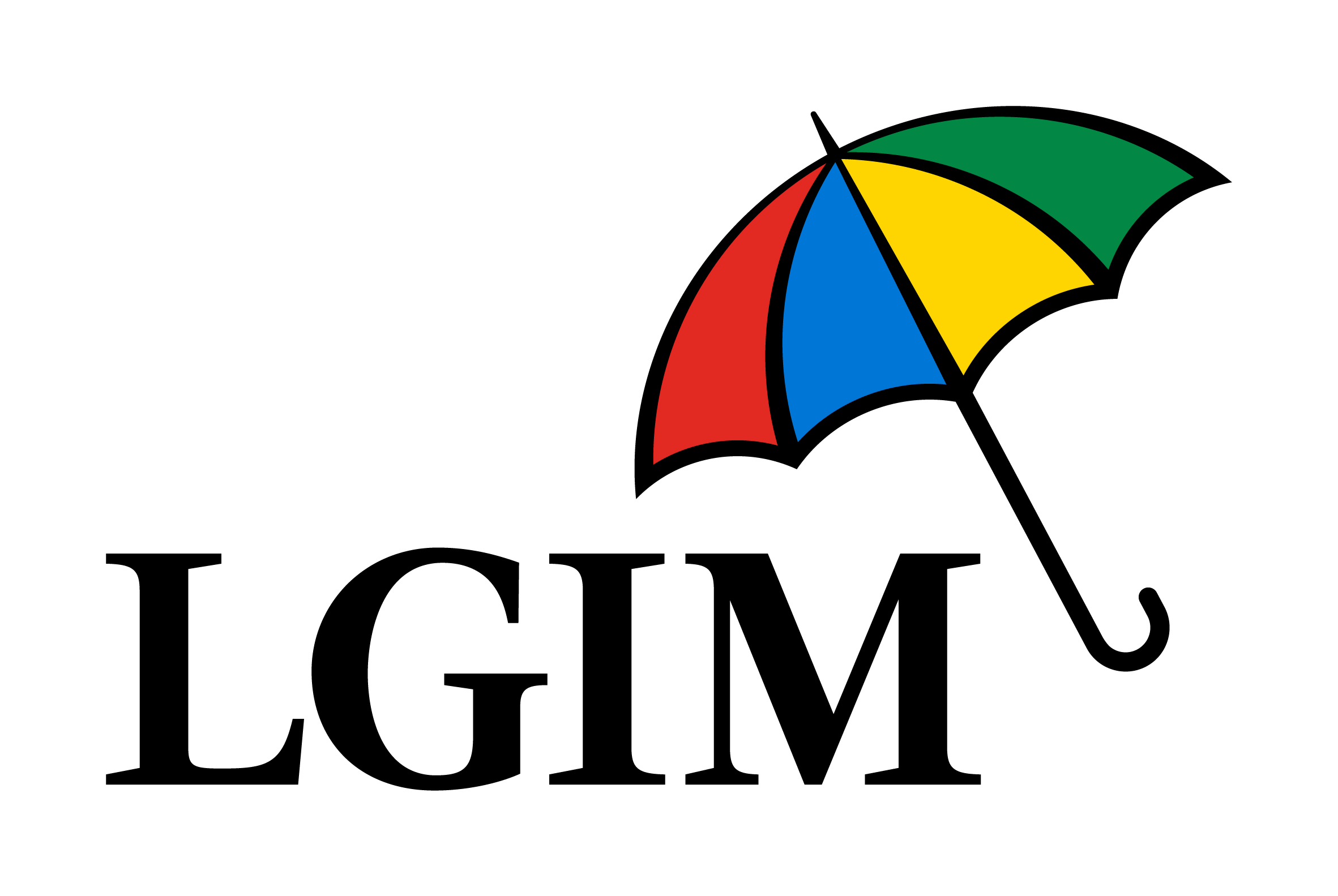The inflation story now sits front and centre as the rotation away from growth continues and markets ready themselves for the loosening of lockdown restrictions.
Within a matter of weeks, onlookers went from bracing themselves for negative interest rates, to making reflationary plays as the Federal Reserve and Bank of England announced they would be keeping interest rates steady for the foreseeable.
Though a rates freeze will stave off a major correction in growth stocks for the time being, reflation alone will cause bond yields to tick upwards, which, in itself, is bad for growth as it reduces the relative value of future earnings.
Meanwhile, COVID-19-hampered cyclical equities have been on a bull run since Pfizer posted its vaccine test results in November 2020 with further upside expected as economies reopen – particularly in financials.
In lieu of a fully diversified pure-play travel and leisure strategy, ETF Stream has selected five ETFs for investors to consider for the post-pandemic world.
1. Vanguard FTSE 250 UCITS ETF (VMID)
Topping the list is the $3.5bn Vanguard FTSE 250 UCITS ETF (VMID) which currently offers exposure to the largest 253 UK-listed companies not included in the FTSE 100.
Having suffered one of the worst economic fallouts from the coronavirus pandemic, the UK entered its recovery phase from a particularly low base. Thankfully, the density of financials, energy and materials equities which worked to the FTSE 250’s disadvantage in 2020 will likely see it recover more sharply and for longer than other national indices.
Featuring well-established cyclical equities, the FTSE 250 will also disproportionately benefit from the resurgence of value with investors keen to gain exposure to companies whose valuations hit multi-year lows during the pandemic and those in the process of reinstating dividends.
Also, it is worth noting the FTSE 250’s exposure to mid-caps operating in the UK gives it an edge over FTSE 100 equities which largely operate abroad – given that the UK is currently leading the way with its vaccine rollout and in turn the loosening of lockdown restrictions.
2. Xtrackers S&P 500 Equal Weight UCITS ETF (XDEW)
A second ETF tracking a national benchmark with a tilt towards value is the $5.1bn Xtrackers S&P 500 Equal Weight UCITS ETF (XDEW), which has an equally-weighted basket of the 500-or so largest US-listed companies.
XDEW has been one of the most popular ETFs on the European market in recent times gathering some $3.9bn inflows over the past six months, according to data from ETFLogic, as investors look to combine well-trodden S&P 500 exposures with a lower concentration in tech.
The market cap S&P 500 index has a 23.3% concentration in its largest six stocks and a 40.3% allocation to the information technology sector. Meanwhile, the equivalent equal weight index lowers this weighting in IT to 14.9% meaning investors are less exposed to the mega-cap tech stocks which ran upwards in 2020.
Conversely, XDEW has a greater weighting towards value and small-cap stocks than its market cap-weighted counterparts. This will see it not only benefit from the recovery bolstered by President Joe Biden’s $1.9trn stimulus package but also enjoy an increased exposure to the bounce-back of cyclical equities.
3. iShares Edge MSCI World Value Factor UCITS ETF (IWVL)
Capping off our cyclical recovery roster is the broad $4.8bn iShares Edge MSCI World Value Factor UCITS ETF (IWVL), which tracks the 399 constituents of the MSCI World Enhanced Value index.
Having appeared in ETF Stream’sFive ETFs to deliver stellar returns in 2021, IWVL makes another appearance thanks to its performance returning 16.6% year-to-date, and its popularity, with the ETF recently claiming $2.1bn inflows over the past six months, according to ETFLogic.
Furthermore, 40.3% of the ETF’s holdings are US-listed while 9.2% are located in the UK. Both countries’ central banks have confirmed they will freeze interest rates for the foreseeable signalling an intention to allow their respective economic recoveries to go on uninhibited.
Something to be wary of is, despite being a value strategy, IWVL only has a 2.8% weighting to energy while 22.4% allocated towards tech equities. To optimise sector exposure, investors might consider sector-specific ETFs to supplement IWVL’s allocations.
4. L&G Cyber Security UCITS ETF (ISPY)
For those keen on thematic exposures, the $2.5bn L&G Cyber Security UCITS ETF (ISPY) tracks the ISE Cyber Security UCITS Index which has booked consistent performance since its inception.
Despite tech equities taking a hit in 2021, ISPY has remained popular, with year-to-date inflows of $253m.
Looking ahead, interest rate freezes should offer some comfort to tech equities. Likewise, UK businesses reported that they will invest in their tech stacks to help boost their pandemic recoveries with 46% saying they plan to increase spending on their cybersecurity capabilities, according to a recent survey conducted by IHS Markit.
Offering exposure to 55 companies, ISPY is the most diversified of the well-established cybersecurity ETFs on European market. More impressive, perhaps, is that unlike many thematics, ISPY manages to stay true to cybersecurity pure plays with nine out of ten of its top holdings focusing primarily on cybersecurity.
5. Lyxor Core UK Government Inflation-Linked Bond UCITS ETF (GILI)
With bond yields spiking in response to continued fiscal support and the fast-approaching exit from lockdown, the $110m Lyxor Core UK Government Inflation-Linked Bond UCITS ETF (GILI) offers investors a way to protect their fixed income returns from inflation.
With inflows of $16.8m year-to-date, as at 12 March, GILI was already in investors’ sights. Having launched a decade ago, it increased its assets by more than a tenth in just over two months.
GILI will likely pick up more support in the coming months. While negative rates seem increasingly unlikely, the BoE’s Monetary Policy Committee decided to freeze interest at 0.1% on 18 March alongside maintaining its $895bn asset purchasing target. This lack of desire to hike interest rates will be beneficial for linkers ETFs.
With the BoE stating in its post-meeting remarks that lockdown restrictions could be lifted sooner than expected. it appears the UK will copy the US and allow inflation to run during the economic recovery.
Tracking the FTSE Actuaries Government Securities UK Index Linked All Stocks, GILI offers investors exposure to sterling-denominated inflation-linked gilts.
It is worth noting that inflation-linked bond ETFs tend to underperform in deflationary environments but outperform versus nominal bonds when inflation outpaces market consensus.








